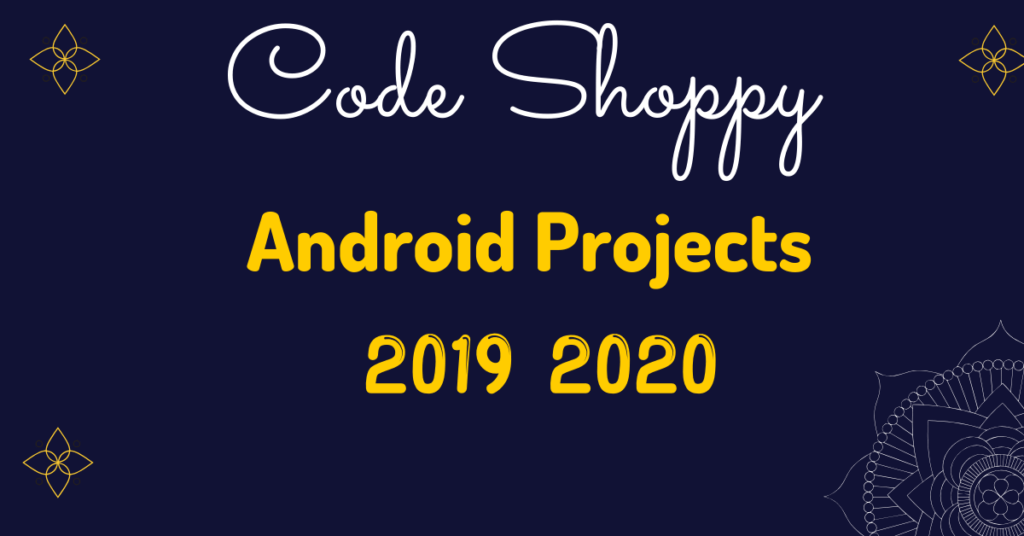IOIO hardware features to Android Apps
mobile based college student communication portal android app source code
While each of the products mentioned in the previous section provides an interesting product that simplifies whether Electronics or programming, all of them tend to be very specific. They focus whether on HW only or SW only. Even if a HW product comes with its developing environment, it still requires advanced programming knowledge. The objective in this paper is to link the features of existing HW & SW products and combine them to get a better platform that offers the user the possibility to create hardware prototypes and program them quickly without needing technical knowledge especially in programming. An electrical board named IOIO is used as the hardware part, while the App Inventor platform is used as the software platform

IOIO is an electrical board that adds hardware I/O features to a PC or android application [14]. The board can be controlled from a distance using Bluetooth, so it is possible to program and control it via a Smartphone mobile App. The IOIO board has a java library and is compatible with Android OS, therefore, it is possible to create Android apps that control the board’s different pins. Which leads to the next point: programming Android is complex, so it would be great if this task were easier. That is the role of the App Inventor platform, which is an online platform that allows the user to create Android Apps just by interconnecting graphical blocks. mobile based college student communication portal android app source code The concept is based on the Blockly interface [15]. There is no Java code to write, no need to consider Android constraints, and the design and script interface are simple and intuitive. With this platform, even kids are capable of creating interesting projects. The existing features makes interfacing complex components easier, such as reading smartphone’s sensors, camera, microphone etc. The downside with App Inventor, however, is that it cannot control the IOIO board, the dedicated SW component does not exist in the platform. Therefore, the contribution of this paper is to bring support for this electrical board to App Inventor. This way, it will be possible to easily create Android Apps that control the IOIO board without technical knowledge. Making it possible for kids and beginners to initiate to the electronics and programming fields. The targeted audience is quite large especially that Android market share has reached 86.1% [16].
The final objective of IoT is to leverage abstraction as much as possible, with electronics and programming considered as main disciplines of IoT, several efforts are made to make them accessible for everyone. This paper presents an initiative that facilitates the process of creating Android Apps capable of controlling electrical systems. IOIO and App Inventor already exist, but do not coexist, the idea then is to develop an Android service that links the two existing solutions and get the best of both worlds. This has added an abstraction level to program the IOIO board, allowing its control via App Inventor’s graphical blocks, thus simplifying the programming side. https://codeshoppy.com/android-project-with-source-code-students.html For the HW side, dealing with electronics can be simpler by using existing HW modules, so it is actually possible to start exploring the embedded systems field with the proposed tools. The developed Android IOIO service supports so far the DigitalWrite command. The service is still under development and other commands such as Digital & Analog and PWM will be added, making it possible to interface additional electrical components and read data from sensors connected to the IOIO board.